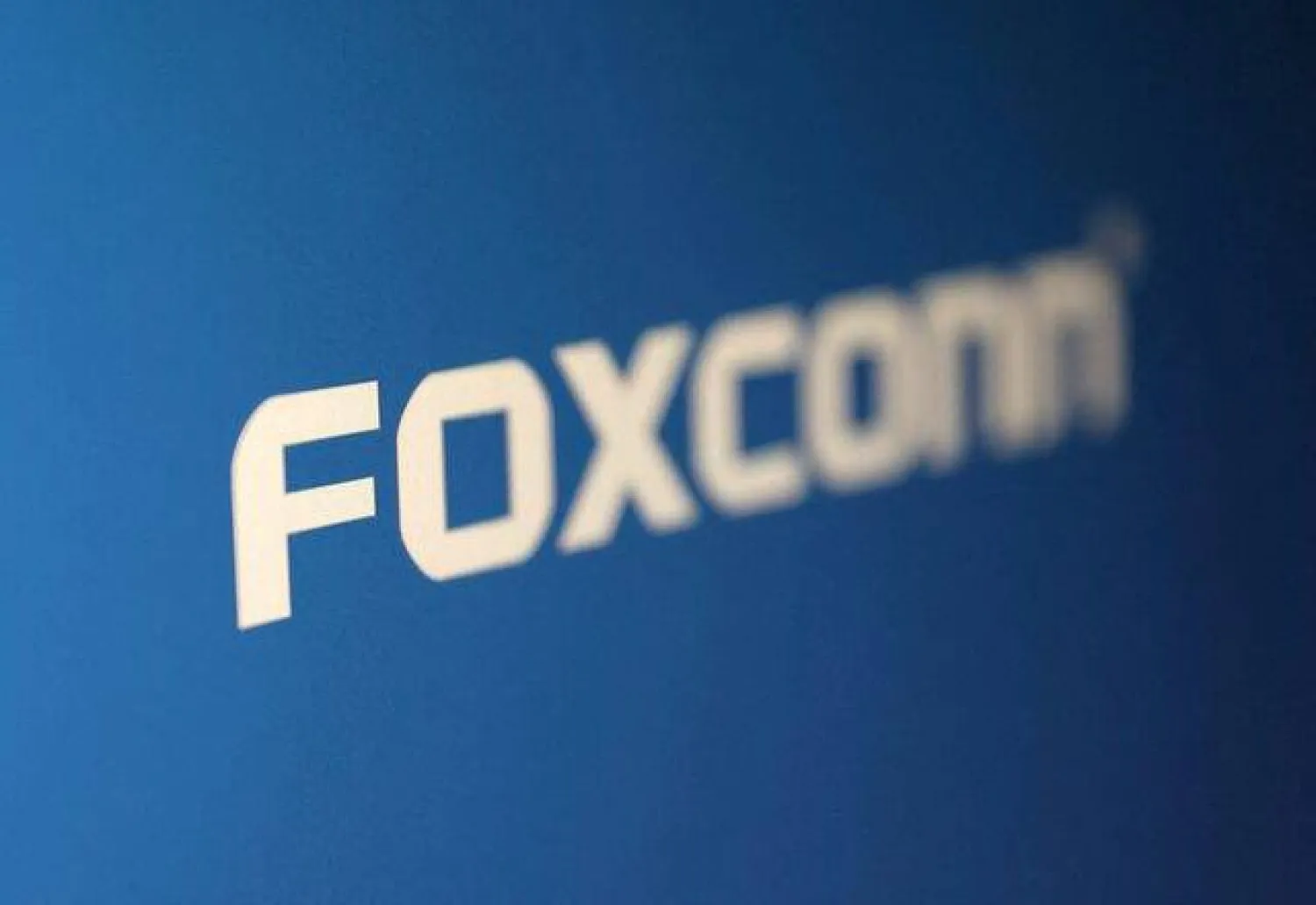After years of delay, and massive cost over-runs, the James Webb Space Telescope (JWST) was launched on Christmas Day. It will need to perform complex automated operations now it’s in space, reported The Guardian.
The first and most challenging is happening this week: unfurling a heat shield the size of a tennis court. After this, its 6.5-meter mirror must be assembled from 18 pieces packed within the launching rocket’s nosecone. There’s much that can go wrong, and astronomers will remain anxious for the several months that will elapse before all necessary maneuvers and tests are completed.
After the Hubble Space Telescope was launched more than 30 years ago, its mirror turned out to be poorly aligned. But astronauts undertook a “rescue” mission to make adjustments and later made further visits to upgrade the instruments.
The stakes are higher for the JWST: it’s vastly more elaborate, but there is no prospect of a repair mission. The Hubble telescope was in a low (and accessible) orbit: in contrast, the JWST’s orbit will be several times further away than the moon – far beyond the reach of astronauts. Some might argue that we therefore need to instigate more ambitious plans for human spaceflight: to enable human assembly of large structures in deep space, to return to the moon, and eventually to reach Mars.
Space technology has burgeoned – for communication, environmental monitoring, satnav and so forth. We depend on it every day. Unmanned probes to other planets have beamed back pictures of varied and distinctive worlds. And telescopes in space have revolutionized our knowledge of the cosmos.
During this century, the whole solar system will be explored by flotillas of miniaturized probes, far more advanced than, for instance, Nasa’s wonderful Cassini probe, which spent 13 years exploring Saturn and its moons. This was launched 20 years ago and based on 1990s technology.









